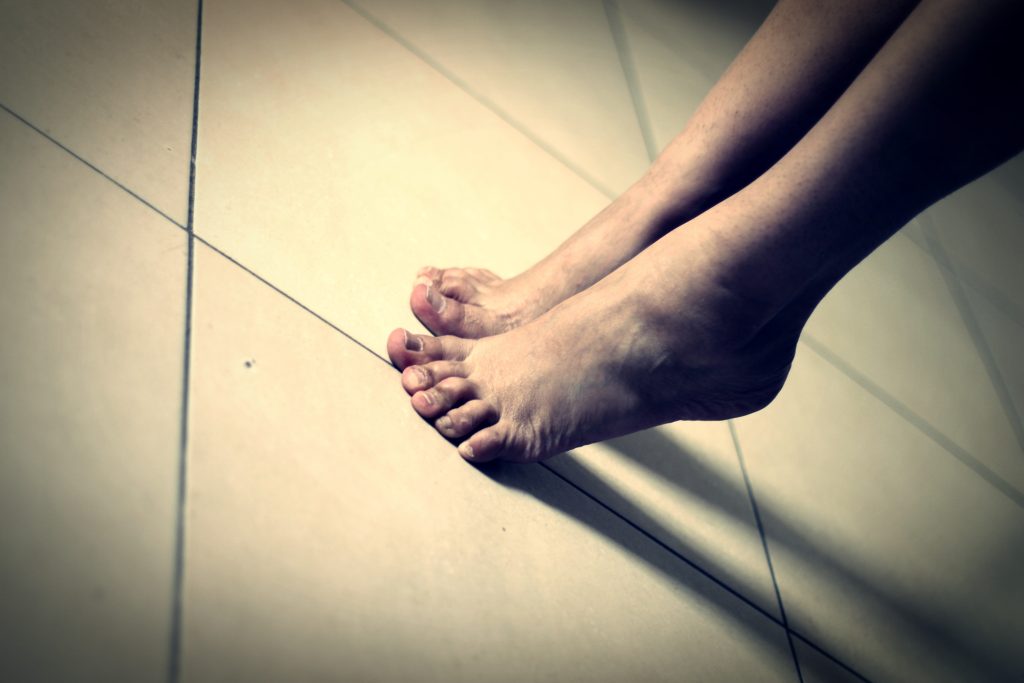 No one wants to experience pain and suffering after spending money and time getting surgery. Nonetheless, some people fall victim to these complications. A person can be prone to injury when a defective product is inserted into their body. This was the case with Kale Flagg.
No one wants to experience pain and suffering after spending money and time getting surgery. Nonetheless, some people fall victim to these complications. A person can be prone to injury when a defective product is inserted into their body. This was the case with Kale Flagg.
Kale Flagg underwent foot surgery to install toe implants made by Stryker Corporation (“Stryker”) and Memometal Incorporated (“Memometal”) (collectively, the “Manufacturers”). Unfortunately, several months after the surgery, Flagg’s implants broke and caused him extreme pain. This resulted in him undergoing multiple surgeries to try to fix the problem.
Flagg filed a lawsuit against the Manufacturers alleging implants were defective, which caused his ongoing suffering and deformity. The Manufacturers responded by seeking a motion to dismiss under the Federal Rule of Civil Procedure 12(b)(6), and the district court granted the motion. Flagg appealed.
To defeat the motion to dismiss, Flagg needed to prove all elements of his product liability claim. Under Louisiana Products Liability Act (“LPLA”), for a plaintiff to bring a successful products liability action, the plaintiff must establish that the defendant is the manufacturer of the product; the product was the immediate cause of the plaintiff’s damage; the product was unreasonably dangerous; and the plaintiff’s damage occurred from using the product. § 9:2800.54(A).
Flagg also needed to show: (1) the product’s composition is defective, (2) the product’s design is defective, (3) the product had inadequate warnings, or (4) a breach of express warranty. Id. § 9:2800.54(B). To prove a composition defect at trial, a plaintiff must show the product was defective when it left the manufacturer’s control. Id. § 9:2800.55. To prove a design defect, a plaintiff must show that another model existed when the product left the manufacturer’s control and that this alternative model could have alleviated the plaintiff’s problem.
The Manufacturers challenged whether Flagg successfully showed the toe implants were unreasonably dangerous under the LPLA. However, on appeal, it was concluded that Flagg sufficiently stated a claim that the toe implants were unreasonably dangerous due to alleged defects in design, construction, or composition.
Flagg alleged his injuries occurred because the defendants constructed and sold a defective product, which was placed into his foot. Flagg argued the defendants caused his injuries because the product was unreasonably dangerous in construction and design and defective at the time the product left the manufacturer’s control. Flagg also alleged: a) Manufacturing and selling a product that is unreasonably dangerous in construction composition; a different alloy other than Memometal NiTinol would have lasted longer, the temperature and alloy used interfered with the product’s life expectancy; b) Manufacturing and selling a product that was unreasonably dangerous in design; particularly the shape and incorrect sizing contributed to the fracture of the implant and its difficult removal.
The manufacturers argued Flagg’s allegations were deficient because he did not show how the implants deviated from specification and performance standards and how an alternative model would have resolved the issue.
The appeals court held Flagg’s allegations provided sufficient information to allow him to go to trial on a few of his claims. Flagg’s complaint alleged that he received toe implants manufactured by the defendants that broke within months of installation, causing pain and suffering and requiring multiple surgeries to repair the damage. Flagg alleged the shape and size of the implants made them difficult to remove. In addition, the size and shape of the implants deviated from normal specifications and performance standards. That evidence showed how the product failed and could have resulted in Flagg’s injury.
Flagg also claimed an alternative alloy other than Memometal NiTinol would have performed better with the implant. This allegation suggested an alternative design existed which would have reduced the plaintiffs’ risk of injury. This allowed the court to conclude that the defendants might be liable for Flagg’s damage.
The appeals court reversed the dismissal of Flagg’s claims that the implants were unreasonably dangerous under the LPLA due to defective design, construction, or composition, and the case was remanded. This ruling allows Flagg to present all of his evidence in court before the Judge or Jury.
It is important to note that Flagg still needed to prove his case. However, according to the appeals court, he had plausibly alleged enough information that, with discovery, could allow him to establish the manufacturers were liable under LPLA. Therefore his case lived on for another day instead of dying by way of summary judgment.
Additional Sources: Kale Flagg, v. Stryker Corporation; Memometal Incorporated, USA
Written by Berniard Law Firm Blog Writer: Needum Lekia
Other Berniard Law Firm Articles on Louisiana Products Liability Claims: Fifth Circuit Affirms Dismissal Of Louisiana Products Liability Claims Because Of Insufficient Evidence
 Louisiana Personal Injury Lawyer Blog
Louisiana Personal Injury Lawyer Blog

